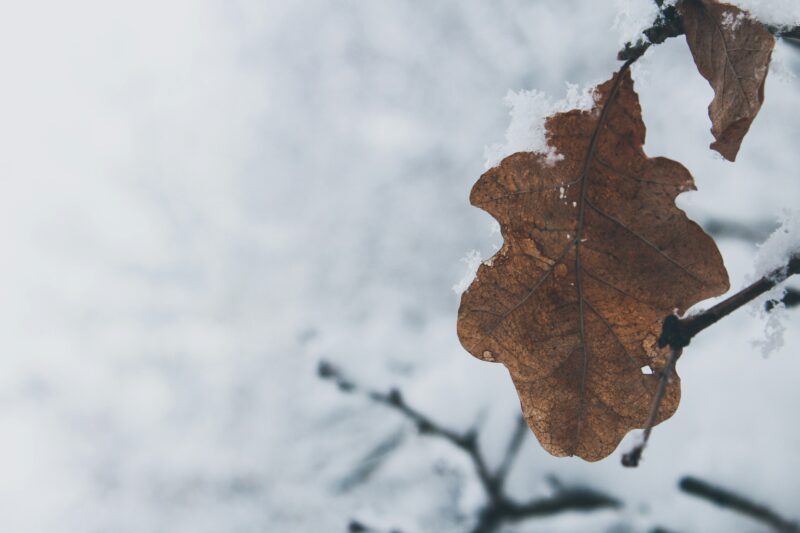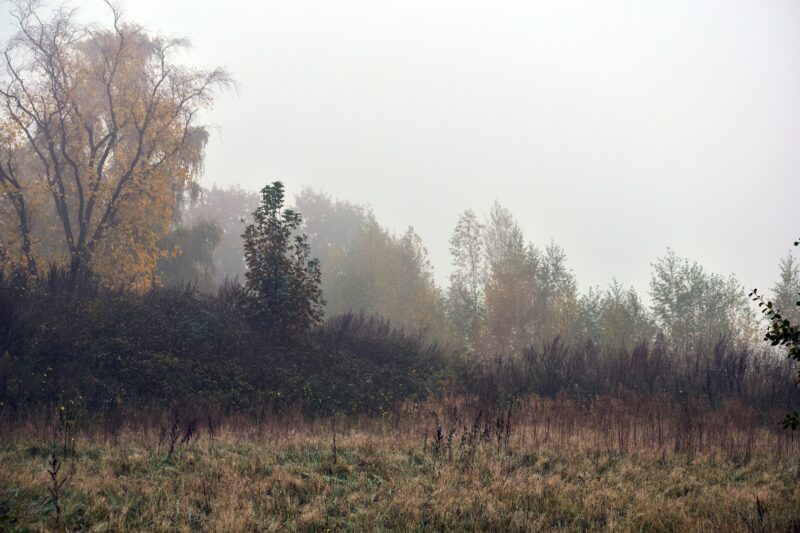OutdoorHub
Mastering the Late Season Hunt: Tips for Tracking Game in Colder Weather
Colder days bring a new kind of challenge, whether you’re braving the elements on a hunt or tackling a pile of assignments that just won’t quit. Just like hunting requires patience, planning, and strategy, managing your workload during crunch time demands focus and a solid game plan. Late-season hunting offers its rewards, but it’s no walk in the park—it’s about adapting to the cold, understanding patterns, and being prepared for whatever comes your way. Sound familiar? It’s a bit like navigating through a tough writing assignment.
If the idea of juggling it all has you thinking, “Can someone just do my assignment for me to spare me stress?” you’re not alone. But just as hunters prepare for success with the right tools and techniques, there are ways to tackle your assignments without the stress.
Understanding Game Behavior in Cold Weather
When temperatures drop, animals respond in fascinating ways to survive the chill. Colder weather often shifts the habits of deer, waterfowl, and other game, making them more predictable if you know what to look for. Deer, for example, tend to move less during extreme cold to conserve energy, sticking closer to their bedding and feeding areas. Waterfowl, on the other hand, may migrate farther south or congregate in larger flocks near open water sources. Understanding these behavioral changes can give you a serious edge in planning your hunt.
One key factor driving these changes is the search for food and shelter. As natural resources become scarcer, animals often travel shorter distances between their feeding and resting spots. This makes them easier to locate if you know where to look—think cornfields for deer or wetland areas for waterfowl. By identifying these key habitats, you can position yourself strategically to intercept games during their daily routines.
Using Technology to Your Advantage
Technology has transformed hunting, particularly in the late season when it can be most beneficial. Using trail cameras, especially cellular models, allows you to monitor game activity remotely. Weather apps like AccuWeather and HuntStand help you prepare by predicting temperature, precipitation, and wind direction, which is crucial for scent control. Additionally, GPS tools such as OnX Hunt enable you to identify key locations like feeding grounds and trail networks, optimizing your hunting strategy.
Key Tools for Modern Hunting
Trail Cameras
- Monitor game activity in real time.
- Place near feeding areas and travel routes.
Weather Apps
- Predict weather conditions and wind direction.
- Ensure preparedness for cold weather and storms.
GPS and Mapping Tools
- Identify prime hunting locations.
- Navigate large properties and public lands effectively.
Essential Gear for Late-Season Hunts
Staying comfortable and prepared in cold weather starts with the right clothing. Cold air amplifies sound, so noisy materials can spook the game before you even get close. Look for hunting jackets, pants, and backpacks made with soft, quiet fabrics. Even small details like rubber-coated zippers can make a big difference in staying undetected. Silent boots with insulated soles can also help you move stealthily while keeping your feet warm.
Don’t overlook the accessories—they can make or break your hunt. Hand warmers are a lifesaver for long waits in the cold, while insulated boots with moisture-wicking socks keep your feet toasty and dry. Waterproof gloves are essential for maintaining dexterity without freezing your fingers. Carrying these small but essential items ensures you’re prepared for anything late-season conditions throw your way, allowing you to focus on the hunt instead of battling the cold.

Tracking Techniques for Colder Conditions
When the ground is blanketed in snow, it serves as nature’s notepad, recording the movements of game animals in ways that are easy to interpret if you know what to look for. Tracks are the most obvious sign—pay attention to their size, shape, and direction to determine which animal left them and where it’s headed.
Additionally, look for bedding spots, often visible as oval depressions in the snow, indicating where deer or other game have rested. Trails worn into the snow reveal high-traffic areas, helping you hone in on likely hunting spots.
Importance of wind and scent control
Wind and scent control are critical for remaining undetected during late-season hunts. Animals heavily rely on their sense of smell, and a poorly managed scent can diminish your chances of success even before you see your target. Make sure to stay downwind from the area where you anticipate the game will emerge. Apply scent-control sprays to your clothing and gear, and steer clear of using strong fragrances such as cologne or scented lotions. Regularly checking wind direction will help keep you one step ahead.
The value of patience
Finally, patience is your greatest ally in late-season hunting. Animals tend to move less in colder weather, leading to long waits. Bring a comfortable seat cushion and practice staying still to avoid spooking the game. Maintaining focus during slow moments is essential—consider bringing a book or practicing mindfulness techniques to keep engaged without becoming restless.
Safety and Comfort in the Cold
Staying warm and safe is crucial during late-season hunts to prevent hypothermia; therefore, dress appropriately in moisture-wicking layers and carry extra clothing for worsening conditions. Regular breaks to warm up are essential, and packing an emergency kit with a space blanket, waterproof matches, a first aid kit, and high-calorie snacks can be life-saving in extreme conditions.
Additionally, maintaining energy is vital, so include protein and carb-rich snacks like trail mix and jerky, and stay hydrated with an insulated water bottle to ensure you are prepared for the physical and mental demands of hunting.
Preparing for Success in Late-Season Hunts
Late-season hunting is as much about preparation and persistence as it is about skill. By understanding game behavior, leveraging technology, and staying equipped for the cold, you can turn the challenges of winter into opportunities for success. Whether it’s tracking fresh snow for signs of movement or layering up for warmth, every detail matters. With patience and the right strategies, you’ll not only navigate the colder conditions but also enjoy the unique rewards this season has to offer. Stay safe, stay sharp, and happy hunting!
The post Mastering the Late Season Hunt: Tips for Tracking Game in Colder Weather appeared first on OutdoorHub.

